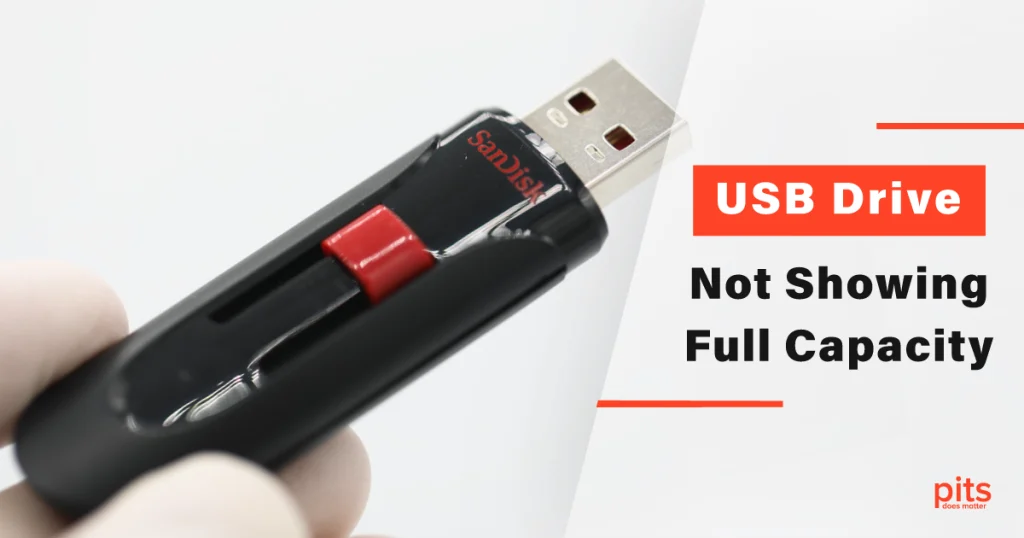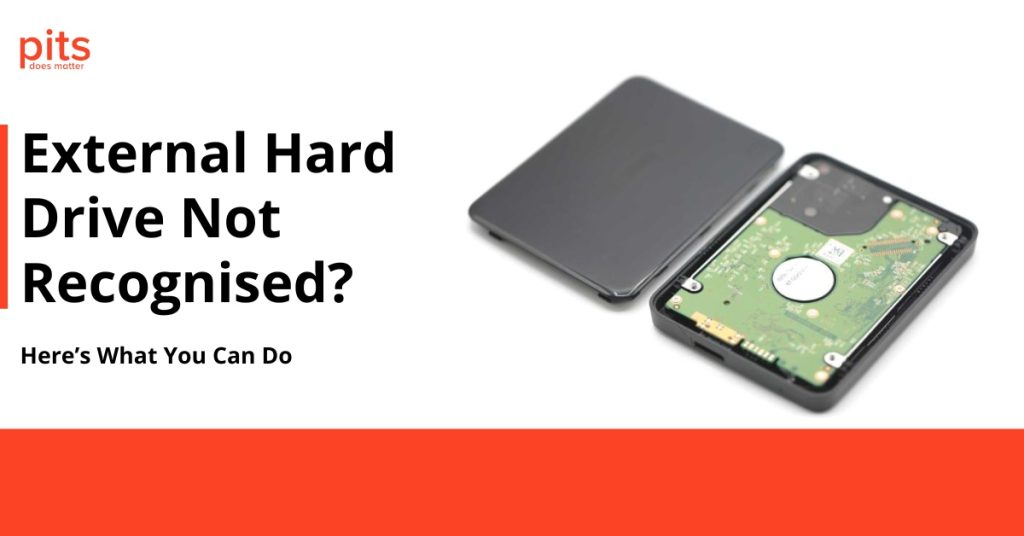In our contemporary digital era, USB flash drives have assumed an indispensable role in the transfer, storage, and safeguarding of data. Ranging in capacity from a few gigabytes to several terabytes, these portable data repositories have significantly transformed the manner in which we transport and exchange information.
Nonetheless, a common source of frustration encountered by many users is the phenomenon of a USB flash drive failing to manifest its complete storage capacity. If you have confronted this issue before, rest assured you are not alone. In this article, we will delve into the root causes of this quandary and explore the measures that can be taken to rectify it.
Understanding the Issue of Incomplete Capacity Display in USB Drives
You may have procured a USB flash drive boasting a designated capacity of, for instance, 64 gigabytes. However, upon inserting it into your computer, you may observe that the available space falls considerably short of this claim. This discrepancy can be both perplexing and disconcerting, particularly when you have critical data to store. This issue may manifest as “unallocated space,” leaving you baffled about the whereabouts of your purported storage capacity.
Possible Reasons for Inaccurate USB Flash Drive Capacity Display
- Manufacturing Discrepancies: A prevalent cause behind a USB drive’s failure to reflect its full capacity pertains to variations in manufacturing. Manufacturers often round up capacity figures for promotional purposes, while the actual usable space may be marginally less due to formatting and the overhead associated with the file system.
- Hidden System Files: System files, such as the file allocation table, are imperative for facilitating your computer’s interaction with the drive. These files are frequently concealed but do occupy a segment of the drive’s capacity. While their presence is indispensable, they can significantly consume space, particularly on smaller drives.
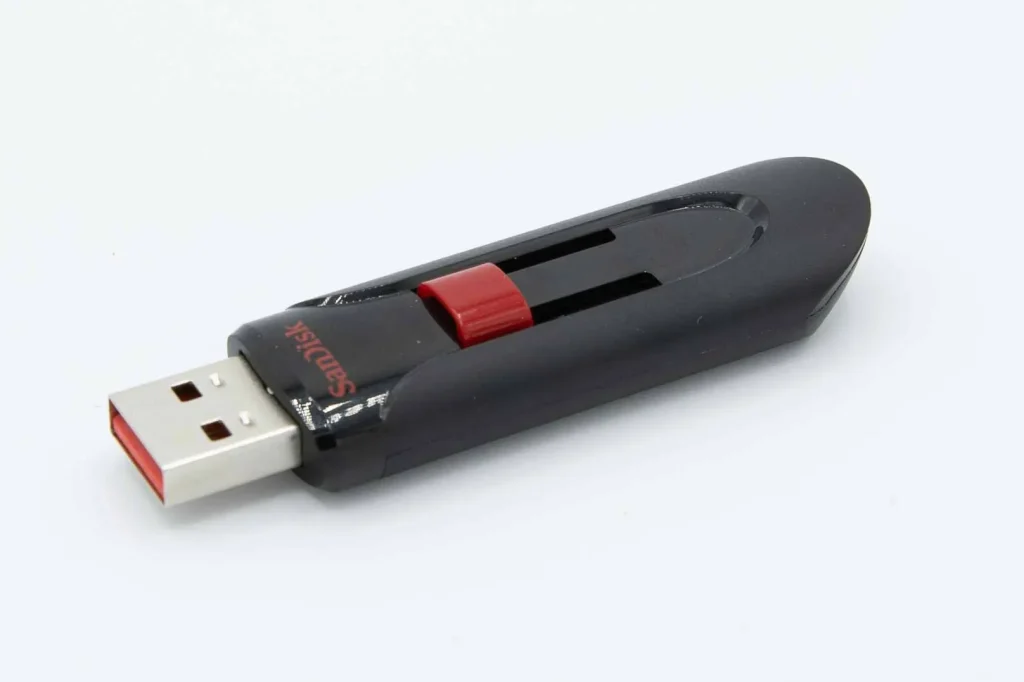
- File System and Formatting: When a USB drive undergoes formatting, a specific portion of space is earmarked for system structures. Furthermore, the choice of file system (FAT32, NTFS, exFAT, etc.) has an impact on the allocated space. Some file systems employ larger cluster sizes, resulting in a greater allocation of space for smaller files.
- Bad Sectors and Disk Errors: The presence of bad sectors or disk errors can also contribute to capacity-related issues. When a sector becomes unreadable or is marked as defective, the operating system may exclude it from usage, leading to a reduction in available storage capacity.
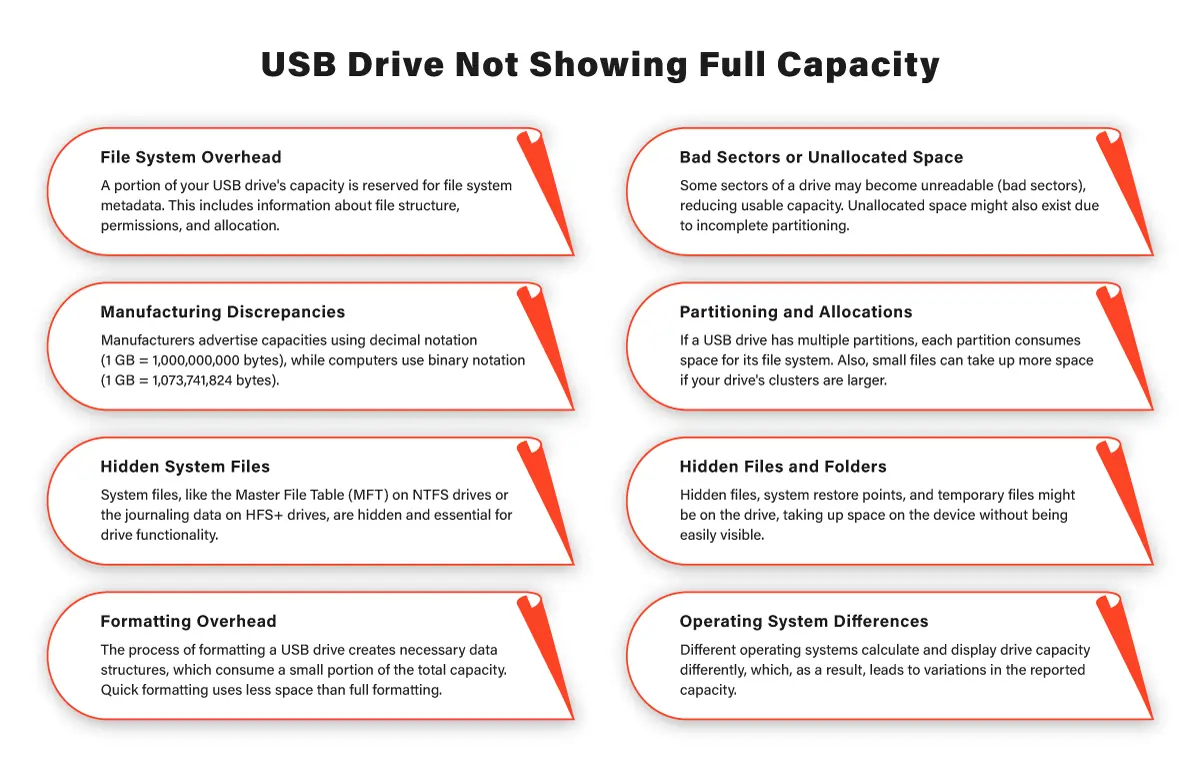
Addressing the Issue of Incomplete USB Flash Drive Capacity Display
1.Inspection of the Drive: To commence the resolution process, it is imperative to verify that the USB drive is securely connected. Occasionally, an improperly seated connection can lead to inaccurate capacity readings. In the event that the problem persists, consider inserting the USB stick into an alternative USB port or computer to eliminate any local issues.
2.Examination in Disk Management: Gaining access to the Disk Management utility within the Windows operating system can offer valuable insights into the present status of the drive. To achieve this, press the Windows key, input “Disk Management,” and press Enter. Locate your USB drive within the list. It is possible to encounter unallocated space or partitions lacking assigned drive letters.
3.Utilize the Command Prompt: In the event that your drive fails to exhibit its full capacity, recourse to the Command Prompt may be warranted to rectify the situation. Commence by inputting “cmd” into the Windows search bar, then right-click on “Command Prompt” and opt for “Run as administrator.” Within the Command Prompt (CMD) window, enter “diskpart” and confirm with the Enter key. Subsequently, type “list disk” to view a comprehensive list of all connected disks.
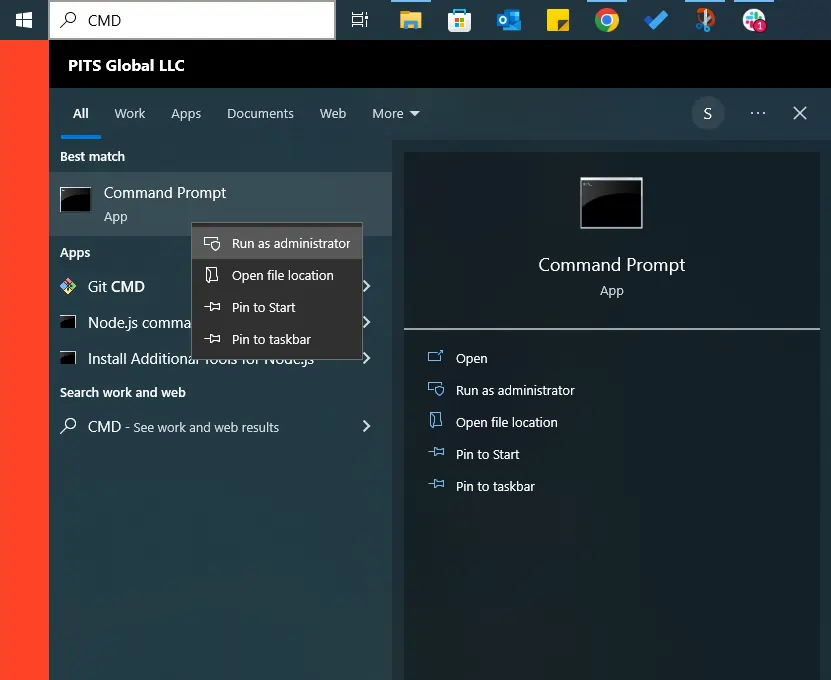
4.Choose and Purge the Drive: Discern your USB drive by its dimensions and input “select disk [number]” (substitute [number] with the appropriate disk number), followed by pressing Enter. Subsequently, enter “clean” and confirm with the Enter key. This action will eliminate any existing partitions and data present on the drive.
5.Establish a Fresh Partition: Input “create partition primary” and execute it by pressing Enter. This command will generate a novel primary partition on the flash drive. Upon completion, enter “exit” to conclude the usage of the disk part utility.
6.Format the Drive: Within the Command Prompt window, input “format fs=ntfs quick” (you can substitute “NTFS” with your preferred file system) and press Enter. This process will format the drive using the designated file system.
7.Allocate a Drive Letter: After the formatting process, return to Disk Management. Right-click on the newly created partition, select “Change Drive Letter and Paths,” and designate a letter for the drive.
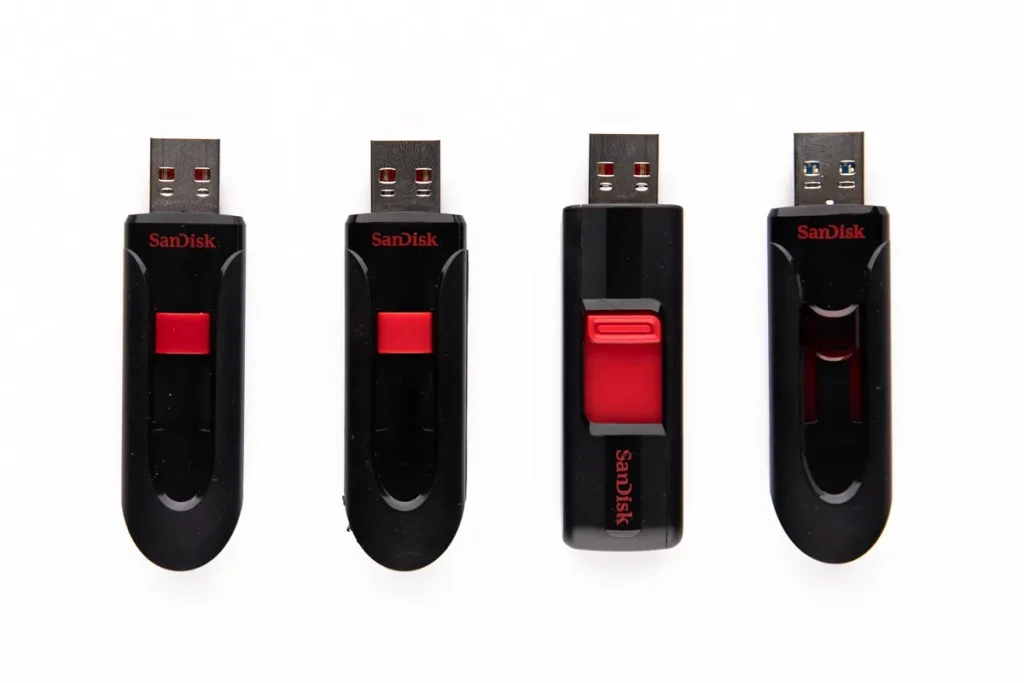
8.Reboot the System: On occasion, changes may not take effect until your computer is restarted. Reboot your system and verify if the capacity issue of the drive has been resolved.
9.Inspect for Faulty Sectors: To inspect for the presence of defective sectors and disk errors, you can employ the built-in tools offered by Windows. Right-click on the drive, choose “Properties,” navigate to the “Tools” tab, and select “Check.”
Encountering a USB drive that fails to display its complete storage capacity can indeed pose a puzzling dilemma. Nevertheless, with the requisite understanding, one can effectively tackle this issue. It is worth noting that minor disparities between the stated and actual capacities are not an unusual occurrence, often attributed to formatting requirements and the presence of system files.
However, in instances where the disparity is substantial, adhering to the aforementioned procedures can serve as a viable course of action to rectify the situation, thereby reinstating the USB drive to its full operational potential. Armed with a modicum of technical acumen and patience, you can surmount this challenge and proceed to utilise your USB drive with renewed confidence.
Frequently Asked Questions
Why is my USB drive displaying an incorrect capacity?
USB drives frequently exhibit discrepancies in capacity due to manufacturing inconsistencies, concealed system files, or formatting-related variables, leading to disparities between the stated and actual storage capacities.
Is it possible for me to address the issue of an insufficiently-capacious flash drive independently?
Certainly, by adhering to our comprehensive guide, you can undertake troubleshooting and potentially resolve the matter utilising straightforward steps and tools integrated into your computer’s operating system.
How can I identify and rectify bad sectors on my USB drive?
Upon resolving the capacity discrepancy, you can employ the inherent tools within Windows. Right-click on the drive, select “Properties,” navigate to the “Tools” tab, and initiate the “Check” function to scan for and rectify any defective sectors.
Which file system should I opt for when performing formatting?
The choice of a file system should align with your specific requirements. In most cases, NTFS is recommended owing to its resilience, support for larger files, and inclusion of security features.
Should I anticipate data loss during the formatting process?
Indeed, the process entails formatting and potentially erasing partitions, resulting in data loss. It is imperative to diligently back up your data prior to embarking on the troubleshooting procedures.
"*" indicates required fields
